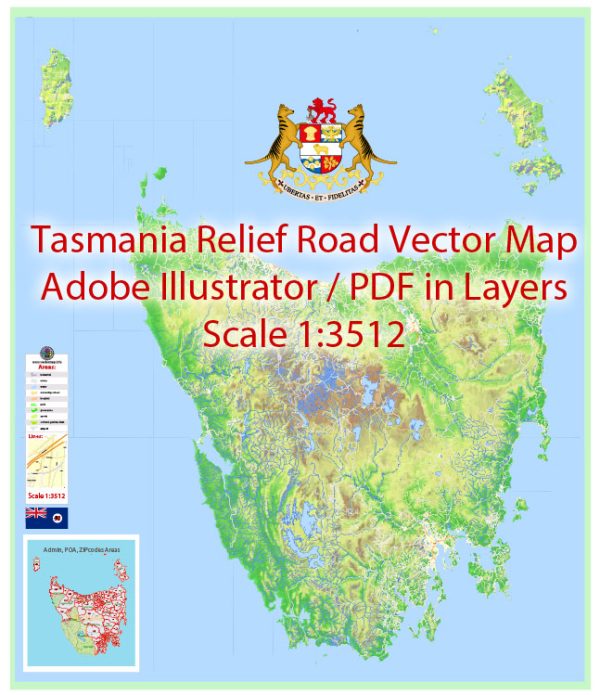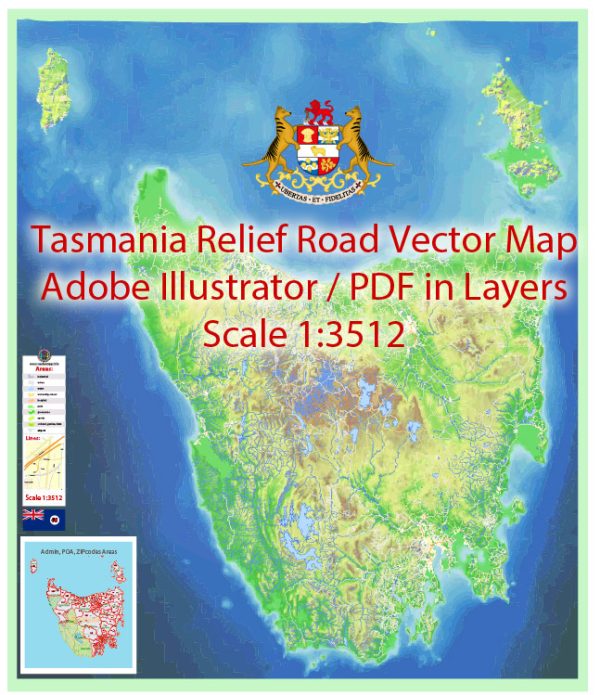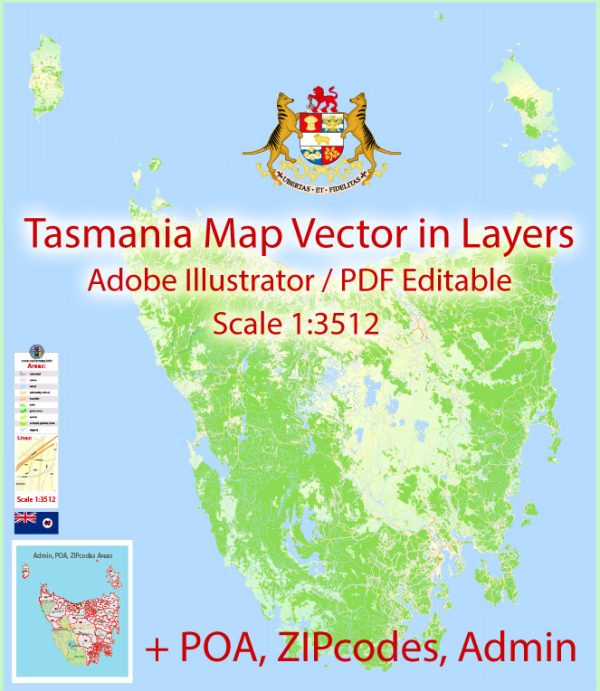Tasmania, an island state of Australia, has a rich history of urban development that reflects its unique geographical and cultural context. The following is a brief overview of the history of urban development in Tasmania:
- Indigenous Settlements: Before European colonization, Tasmania was inhabited by the Tasmanian Aboriginal people. They lived in various regions across the island and had a nomadic lifestyle, relying on hunting, fishing, and gathering for sustenance. Their settlements were dispersed and adapted to the diverse landscapes of Tasmania.
- European Exploration and Colonization: In 1803, the British established the first European settlement in Tasmania at Risdon Cove, near present-day Hobart. The settlement later moved to Sullivans Cove, where Hobart was officially founded in 1804. The establishment of Hobart marked the beginning of European urban development on the island.
- Convict Era: Tasmania has a significant history as a penal colony. The British transported convicts to Tasmania, and many of them were assigned to work on public infrastructure projects. This influx of convict labor played a crucial role in the early development of urban areas, with the construction of roads, bridges, and buildings.
- Urban Expansion: As the free population grew, urban areas expanded. Launceston, the second major city in Tasmania, was established in 1806. Both Hobart and Launceston developed as port cities, serving as important centers for trade and commerce.
- Gold Rush: In the mid-19th century, Tasmania experienced a gold rush, particularly in the northeastern region. This led to the establishment and growth of towns such as Beaconsfield and Derby. The mining industry played a significant role in shaping the urban landscape during this period.
- Industrialization: The late 19th and early 20th centuries witnessed industrialization in Tasmania, with the development of industries such as timber, mining, and agriculture. This had an impact on the urbanization process, contributing to the growth of towns and cities.
- Modernization and Infrastructure: In the 20th century, Tasmania underwent further modernization, with the development of infrastructure such as roads, railways, and utilities. Hobart and Launceston continued to grow as cultural, economic, and administrative centers.
- Post-War Period: After World War II, Tasmania experienced a period of population growth and urban expansion. Suburbanization became more prominent as people moved away from the city centers to surrounding areas.
- Cultural and Environmental Considerations: Tasmania’s urban development has also been shaped by a strong focus on preserving its natural environment and unique cultural heritage. Efforts have been made to balance economic development with environmental sustainability.
Today, Tasmania’s urban areas reflect a mix of historical architecture, modern infrastructure, and a commitment to preserving the island’s natural beauty. The state continues to evolve, facing challenges and opportunities in its ongoing urban development.




 Author: Kirill Shrayber, Ph.D.
Author: Kirill Shrayber, Ph.D.